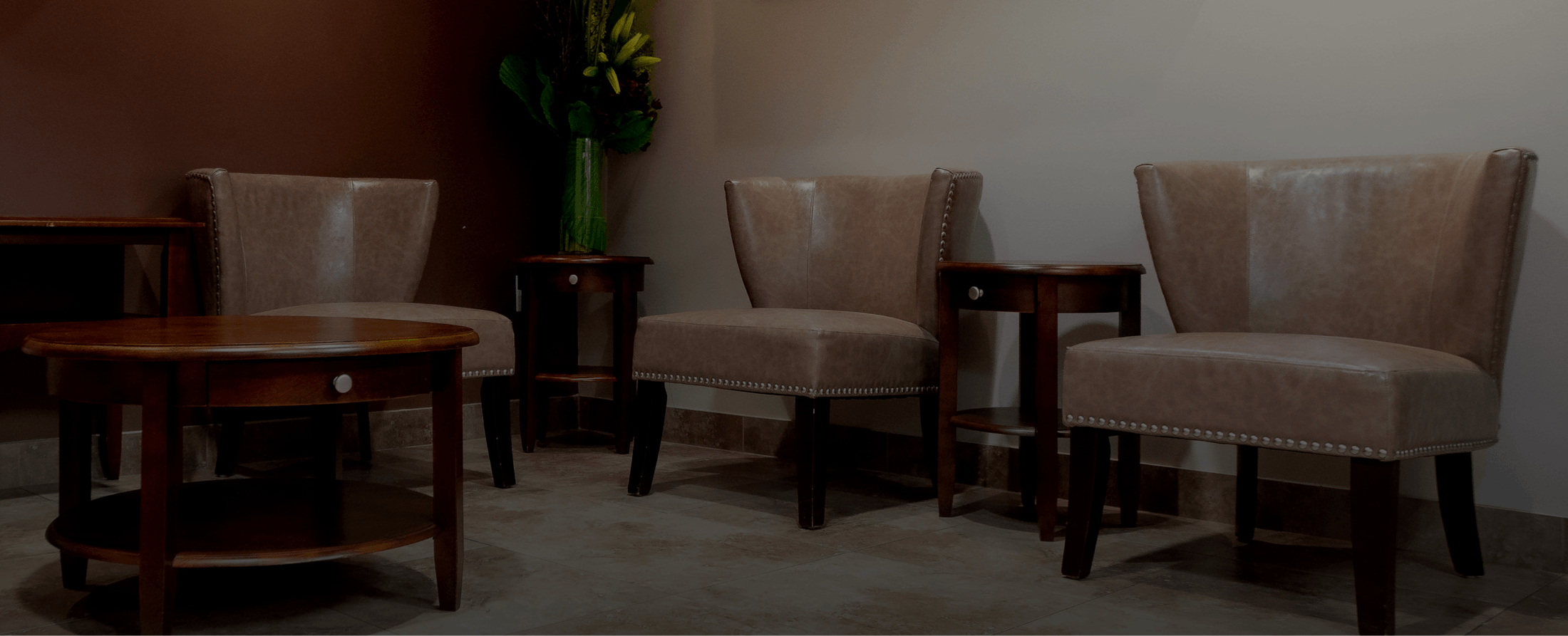In the U.S., approximately 3.9% of people aged 20 and older have gout. This condition is a type of arthritis that most often affects the big toe. The attacks can happen suddenly, causing intense discomfort that can make it hard to walk and get comfortable.
Symptoms of Gout
The symptoms of gout usually come on quickly, with little warning. In many cases, they start at night. The following are the possible symptoms:
- The joint pain is usually intense. Any joint can be affected, but it is usually the big toe. Other joints that are commonly affected include the knees, wrists, ankles, elbows, and fingers. Within the first 12 hours of the attack, the pain is typically the most severe.
- The affected joint can appear red. This is due to gout causing inflammation. The joint might also become tender, warm, and swollen.
- Once the severe pain starts to go away, it is possible for some discomfort to linger. This lingering pain can last up to a few weeks for some people.
- As this condition progresses, people might find that their range of motion becomes limited. For example, with gout in the big toe, it may be hard to move the toe up or down.











